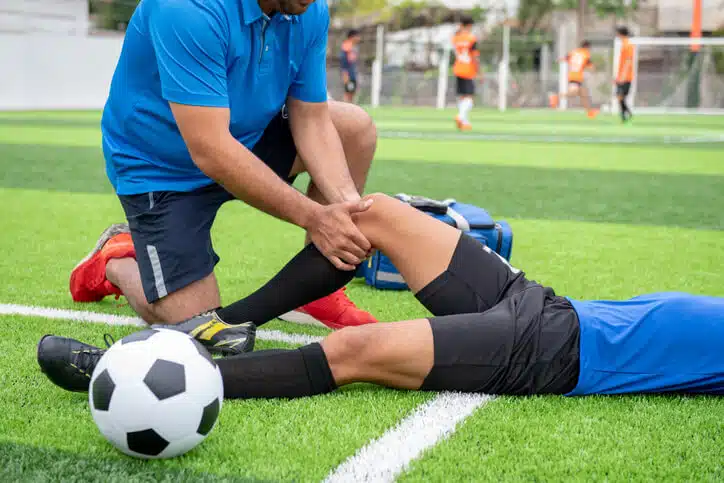Balancing an active lifestyle while minimizing the risk of injuries can be a challenge for athletes and fitness enthusiasts. Sports medicine emphasizes practical strategies to support safe and effective exercise routines, helping individuals maintain their fitness goals without setbacks. By focusing on several key practices, anyone can reduce their risk of injury while enjoying the benefits of an active lifestyle.
Warm-Up and Cool-Down Exercises
Warm-up and cool-down exercises play a key role in preparing the body for physical activity and aiding recovery afterwards. A structured warm-up gradually increases heart rate, boosts blood circulation, and loosens up muscles and joints, preparing them for upcoming activity. Dynamic stretches, such as arm swings or leg raises, can enhance range of motion and flexibility before workouts.
Cool-down exercises, on the other hand, help the body transition to a resting state after exertion. Gentle stretching and slower movements, such as walking, can reduce muscle stiffness and promote better recovery. While warm-up and cool-down routines vary depending on the sport or activity, they are foundational for an injury-minimizing regimen.
Correct Technique and Equipment Use
Using proper techniques and appropriate equipment is another way to limit injury risk during physical activities. Maintaining the correct form during exercise reduces unnecessary strain on muscles and joints, decreasing the chance of sprains or related issues. For example, keeping knees aligned and avoiding sudden jerky movements can support joint health during high-impact activities.
Equally, selecting equipment based on individual needs, such as the correct size of running shoes or weightlifting accessories, enhances performance while mitigating potential strain or discomfort. Periodically assessing equipment for wear and tear is also useful to maintain its effectiveness. Learning from qualified trainers or coaches can help individuals refine their form and pick the appropriate tools for their specific activities.
The Role of Nutrition in Sports Medicine
Nutrition supports physical health by providing the energy and nutrients necessary for optimal performance. A balanced diet rich in whole grains, lean proteins, healthy fats, and vegetables can help maintain muscle strength and bone health. For example, calcium and vitamin D play a well-documented role in promoting strong bones and enhancing recovery.
Hydration is an often-overlooked component of injury prevention. Drinking water before, during, and after workouts helps regulate body temperature and maintain joint lubrication. Dehydration can lead to fatigue, which interferes with technique and increases risks during workouts. A consistent focus on hydration and nutrition complements an overall approach to injury prevention.
Understanding Your Body and Listening to its Signals
Understanding the body’s signals is an effective way to make adjustments that minimize the risk of injuries. Muscle soreness after exercising is common, but sharp or ongoing pain often indicates strain or overuse. Paying attention to these cues and modifying activities, rather than ignoring discomfort, helps prevent long-term issues.
Balancing high-intensity sessions with rest days is another approach to maintaining performance and recovery. Recovery days allow muscles and tissues to repair, lowering the likelihood of fatigue-related injuries. Consulting with sports medicine professionals or trainers when uncertain about persistent symptoms provides additional guidance.
Achieve Your Active Lifestyle Goals Safely
Staying active while minimizing injury risk requires combining several practices, including warm-ups, correct techniques, proper equipment, nutrition, and body awareness. A thoughtful approach to sports medicine creates a foundation for sustainable fitness routines. To explore further guidance tailored to your activity level, consulting with professionals or specialists can offer insights and refinement.
